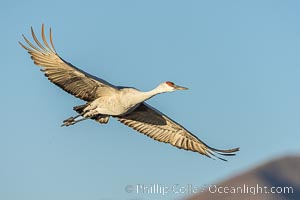
Sandhill crane spreads its broad wings as it takes flight in early morning light. This sandhill crane is among thousands present in Bosque del Apache National Wildlife Refuge, stopping here during its winter migration.
Species: Sandhill crane, Grus canadensis
Location: Bosque del Apache National Wildlife Refuge, Socorro, New Mexico
Image ID: 38783
Species: Sandhill crane, Grus canadensis
Location: Bosque del Apache National Wildlife Refuge, Socorro, New Mexico
Image ID: 38783
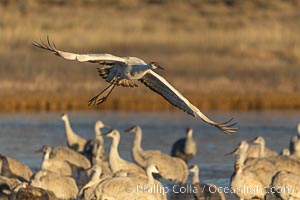
Sandhill crane spreads its broad wings as it takes flight in early morning light. This sandhill crane is among thousands present in Bosque del Apache National Wildlife Refuge, stopping here during its winter migration.
Species: Sandhill crane, Grus canadensis
Location: Bosque del Apache National Wildlife Refuge, Socorro, New Mexico
Image ID: 38785
Species: Sandhill crane, Grus canadensis
Location: Bosque del Apache National Wildlife Refuge, Socorro, New Mexico
Image ID: 38785
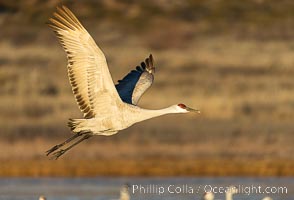
Sandhill crane spreads its broad wings as it takes flight in early morning light. This sandhill crane is among thousands present in Bosque del Apache National Wildlife Refuge, stopping here during its winter migration.
Species: Sandhill crane, Grus canadensis
Location: Bosque del Apache National Wildlife Refuge, Socorro, New Mexico
Image ID: 38786
Species: Sandhill crane, Grus canadensis
Location: Bosque del Apache National Wildlife Refuge, Socorro, New Mexico
Image ID: 38786
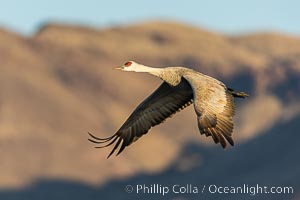
Sandhill crane spreads its broad wings as it takes flight in early morning light. This sandhill crane is among thousands present in Bosque del Apache National Wildlife Refuge, stopping here during its winter migration.
Species: Sandhill crane, Grus canadensis
Location: Bosque del Apache National Wildlife Refuge, Socorro, New Mexico
Image ID: 38788
Species: Sandhill crane, Grus canadensis
Location: Bosque del Apache National Wildlife Refuge, Socorro, New Mexico
Image ID: 38788
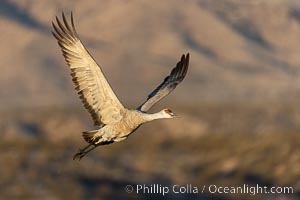
Sandhill crane spreads its broad wings as it takes flight in early morning light. This sandhill crane is among thousands present in Bosque del Apache National Wildlife Refuge, stopping here during its winter migration.
Species: Sandhill crane, Grus canadensis
Location: Bosque del Apache National Wildlife Refuge, Socorro, New Mexico
Image ID: 38789
Species: Sandhill crane, Grus canadensis
Location: Bosque del Apache National Wildlife Refuge, Socorro, New Mexico
Image ID: 38789
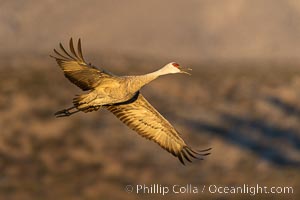
Sandhill crane spreads its broad wings as it takes flight in early morning light. This sandhill crane is among thousands present in Bosque del Apache National Wildlife Refuge, stopping here during its winter migration.
Species: Sandhill crane, Grus canadensis
Location: Bosque del Apache National Wildlife Refuge, Socorro, New Mexico
Image ID: 38790
Species: Sandhill crane, Grus canadensis
Location: Bosque del Apache National Wildlife Refuge, Socorro, New Mexico
Image ID: 38790
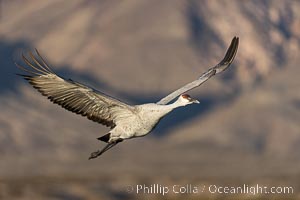
Sandhill crane spreads its broad wings as it takes flight in early morning light. This sandhill crane is among thousands present in Bosque del Apache National Wildlife Refuge, stopping here during its winter migration.
Species: Sandhill crane, Grus canadensis
Location: Bosque del Apache National Wildlife Refuge, Socorro, New Mexico
Image ID: 38798
Species: Sandhill crane, Grus canadensis
Location: Bosque del Apache National Wildlife Refuge, Socorro, New Mexico
Image ID: 38798
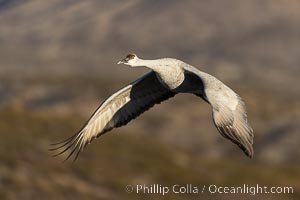
Sandhill crane spreads its broad wings as it takes flight in early morning light. This sandhill crane is among thousands present in Bosque del Apache National Wildlife Refuge, stopping here during its winter migration.
Species: Sandhill crane, Grus canadensis
Location: Bosque del Apache National Wildlife Refuge, Socorro, New Mexico
Image ID: 38799
Species: Sandhill crane, Grus canadensis
Location: Bosque del Apache National Wildlife Refuge, Socorro, New Mexico
Image ID: 38799
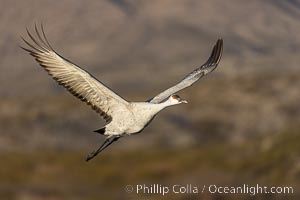
Sandhill crane spreads its broad wings as it takes flight in early morning light. This sandhill crane is among thousands present in Bosque del Apache National Wildlife Refuge, stopping here during its winter migration.
Species: Sandhill crane, Grus canadensis
Location: Bosque del Apache National Wildlife Refuge, Socorro, New Mexico
Image ID: 38800
Species: Sandhill crane, Grus canadensis
Location: Bosque del Apache National Wildlife Refuge, Socorro, New Mexico
Image ID: 38800
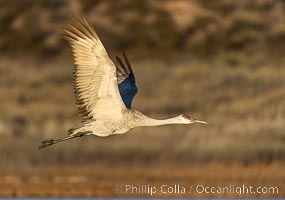
Sandhill crane spreads its broad wings as it takes flight in early morning light. This sandhill crane is among thousands present in Bosque del Apache National Wildlife Refuge, stopping here during its winter migration.
Species: Sandhill crane, Grus canadensis
Location: Bosque del Apache National Wildlife Refuge, Socorro, New Mexico
Image ID: 38802
Species: Sandhill crane, Grus canadensis
Location: Bosque del Apache National Wildlife Refuge, Socorro, New Mexico
Image ID: 38802
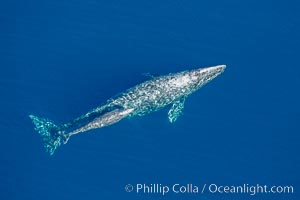
Aerial photo of gray whale calf and mother. This baby gray whale was born during the southern migration, far to the north of the Mexican lagoons of Baja California where most gray whale births take place.
Species: Gray whale, Eschrichtius robustus
Location: San Clemente, California
Image ID: 29013
Species: Gray whale, Eschrichtius robustus
Location: San Clemente, California
Image ID: 29013
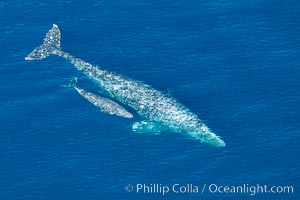
Aerial photo of gray whale calf and mother. This baby gray whale was born during the southern migration, far to the north of the Mexican lagoons of Baja California where most gray whale births take place.
Species: Gray whale, Eschrichtius robustus
Location: San Clemente, California
Image ID: 29019
Species: Gray whale, Eschrichtius robustus
Location: San Clemente, California
Image ID: 29019
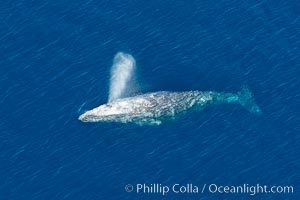
Gray whale blowing at the ocean surface, exhaling and breathing as it prepares to dive underwater.
Species: Gray whale, Eschrichtius robustus
Location: Encinitas, California
Image ID: 29039
Species: Gray whale, Eschrichtius robustus
Location: Encinitas, California
Image ID: 29039
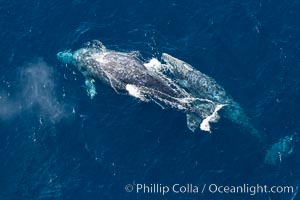
Gray whales traveling south to Mexico during their winter migration. The annual migration of the California gray whale is the longest known migration of any mammal, 10,000 to 12,000 miles from the Bering Sea to Baja California.
Species: Gray whale, Eschrichtius robustus
Location: Coronado Islands (Islas Coronado), Baja California, Mexico
Image ID: 29050
Species: Gray whale, Eschrichtius robustus
Location: Coronado Islands (Islas Coronado), Baja California, Mexico
Image ID: 29050
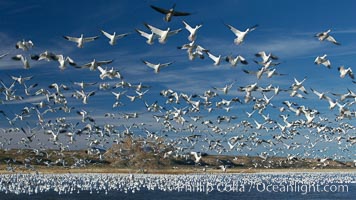
Snow geese blast off. After resting and preening on water, snow geese are startled by a coyote, hawk or just wind and take off en masse by the thousands. As many as 50,000 snow geese are found at Bosque del Apache NWR at times, stopping at the refuge during their winter migration along the Rio Grande River.
Species: Snow goose, Chen caerulescens
Location: Bosque del Apache National Wildlife Refuge, Socorro, New Mexico
Image ID: 21817
Species: Snow goose, Chen caerulescens
Location: Bosque del Apache National Wildlife Refuge, Socorro, New Mexico
Image ID: 21817

Sandhill crane spreads its broad wings as it takes flight in early morning light. This crane is one of over 5000 present in Bosque del Apache National Wildlife Refuge, stopping here during its winter migration.
Species: Sandhill crane, Grus canadensis
Location: Bosque del Apache National Wildlife Refuge, Socorro, New Mexico
Image ID: 21822
Species: Sandhill crane, Grus canadensis
Location: Bosque del Apache National Wildlife Refuge, Socorro, New Mexico
Image ID: 21822
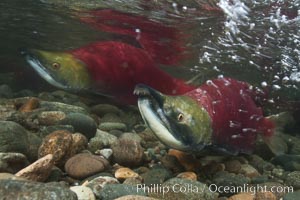
Two male sockeye salmon, swimming together against the current of the Adams River. After four years of life and two migrations of the Fraser and Adams Rivers, they will soon fertilize a female's eggs and then die.
Species: Sockeye salmon, Oncorhynchus nerka
Location: Adams River, Roderick Haig-Brown Provincial Park, British Columbia, Canada
Image ID: 26179
Species: Sockeye salmon, Oncorhynchus nerka
Location: Adams River, Roderick Haig-Brown Provincial Park, British Columbia, Canada
Image ID: 26179
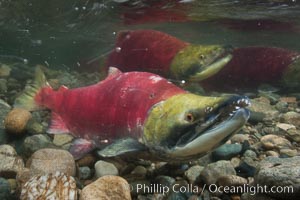
Two male sockeye salmon, swimming together against the current of the Adams River. After four years of life and two migrations of the Fraser and Adams Rivers, they will soon fertilize a female's eggs and then die.
Species: Sockeye salmon, Oncorhynchus nerka
Location: Adams River, Roderick Haig-Brown Provincial Park, British Columbia, Canada
Image ID: 26180
Species: Sockeye salmon, Oncorhynchus nerka
Location: Adams River, Roderick Haig-Brown Provincial Park, British Columbia, Canada
Image ID: 26180
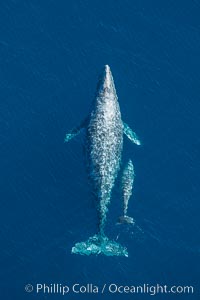
Aerial photo of gray whale calf and mother. This baby gray whale was born during the southern migration, far to the north of the Mexican lagoons of Baja California where most gray whale births take place.
Species: Gray whale, Eschrichtius robustus
Location: San Clemente, California
Image ID: 29015
Species: Gray whale, Eschrichtius robustus
Location: San Clemente, California
Image ID: 29015

Aerial photo of gray whale calf and mother. This baby gray whale was born during the southern migration, far to the north of the Mexican lagoons of Baja California where most gray whale births take place.
Species: Gray whale, Eschrichtius robustus
Location: San Clemente, California
Image ID: 29012
Species: Gray whale, Eschrichtius robustus
Location: San Clemente, California
Image ID: 29012
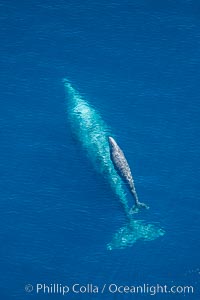
Aerial photo of gray whale calf and mother. This baby gray whale was born during the southern migration, far to the north of the Mexican lagoons of Baja California where most gray whale births take place.
Species: Gray whale, Eschrichtius robustus
Location: San Clemente, California
Image ID: 29000
Species: Gray whale, Eschrichtius robustus
Location: San Clemente, California
Image ID: 29000
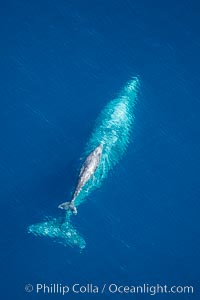
Aerial photo of gray whale calf and mother. This baby gray whale was born during the southern migration, far to the north of the Mexican lagoons of Baja California where most gray whale births take place.
Species: Gray whale, Eschrichtius robustus
Location: San Clemente, California
Image ID: 29002
Species: Gray whale, Eschrichtius robustus
Location: San Clemente, California
Image ID: 29002
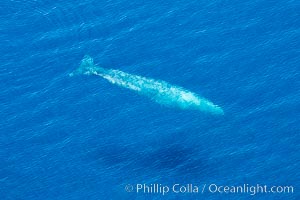
Aerial photo of gray whale calf and mother. This baby gray whale was born during the southern migration, far to the north of the Mexican lagoons of Baja California where most gray whale births take place.
Species: Gray whale, Eschrichtius robustus
Location: San Clemente, California
Image ID: 29003
Species: Gray whale, Eschrichtius robustus
Location: San Clemente, California
Image ID: 29003
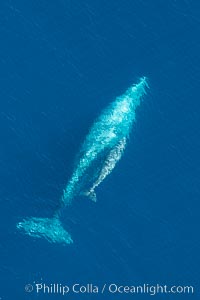
Aerial photo of gray whale calf and mother. This baby gray whale was born during the southern migration, far to the north of the Mexican lagoons of Baja California where most gray whale births take place.
Species: Gray whale, Eschrichtius robustus
Location: San Clemente, California
Image ID: 29004
Species: Gray whale, Eschrichtius robustus
Location: San Clemente, California
Image ID: 29004
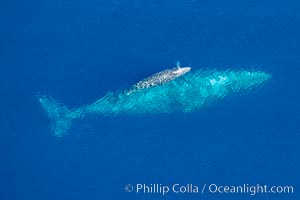
Aerial photo of gray whale calf and mother. This baby gray whale was born during the southern migration, far to the north of the Mexican lagoons of Baja California where most gray whale births take place.
Species: Gray whale, Eschrichtius robustus
Location: San Clemente, California
Image ID: 29005
Species: Gray whale, Eschrichtius robustus
Location: San Clemente, California
Image ID: 29005
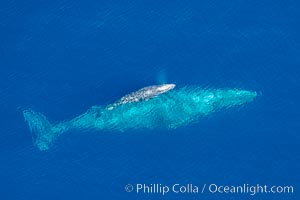
Aerial photo of gray whale calf and mother. This baby gray whale was born during the southern migration, far to the north of the Mexican lagoons of Baja California where most gray whale births take place.
Species: Gray whale, Eschrichtius robustus
Location: San Clemente, California
Image ID: 29006
Species: Gray whale, Eschrichtius robustus
Location: San Clemente, California
Image ID: 29006
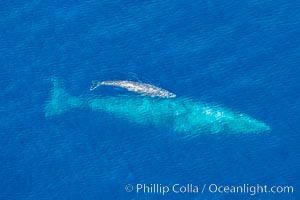
Aerial photo of gray whale calf and mother. This baby gray whale was born during the southern migration, far to the north of the Mexican lagoons of Baja California where most gray whale births take place.
Species: Gray whale, Eschrichtius robustus
Location: San Clemente, California
Image ID: 29007
Species: Gray whale, Eschrichtius robustus
Location: San Clemente, California
Image ID: 29007
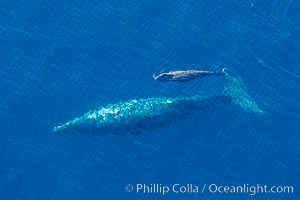
Aerial photo of gray whale calf and mother. This baby gray whale was born during the southern migration, far to the north of the Mexican lagoons of Baja California where most gray whale births take place.
Species: Gray whale, Eschrichtius robustus
Location: San Clemente, California
Image ID: 29008
Species: Gray whale, Eschrichtius robustus
Location: San Clemente, California
Image ID: 29008
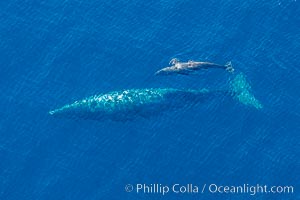
Aerial photo of gray whale calf and mother. This baby gray whale was born during the southern migration, far to the north of the Mexican lagoons of Baja California where most gray whale births take place.
Species: Gray whale, Eschrichtius robustus
Location: San Clemente, California
Image ID: 29009
Species: Gray whale, Eschrichtius robustus
Location: San Clemente, California
Image ID: 29009
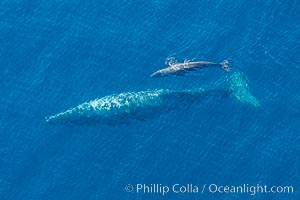
Aerial photo of gray whale calf and mother. This baby gray whale was born during the southern migration, far to the north of the Mexican lagoons of Baja California where most gray whale births take place.
Species: Gray whale, Eschrichtius robustus
Location: San Clemente, California
Image ID: 29010
Species: Gray whale, Eschrichtius robustus
Location: San Clemente, California
Image ID: 29010